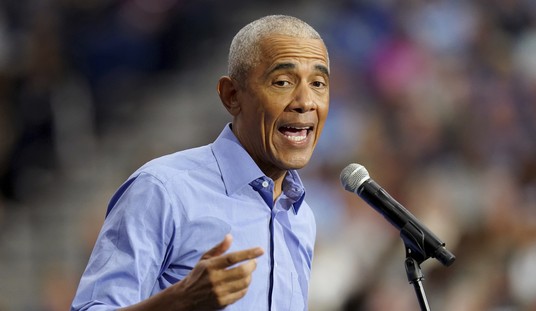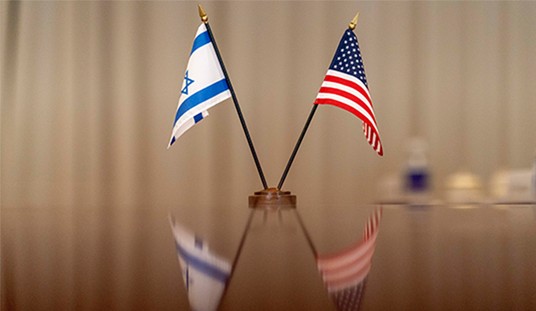The other day, I went with a friend to tour the new Whitney Museum of American Art, a neo-totalitarian edifice designed by the world’s second worst celebrity architect, Renzo Piano (the worst of course is the awful Frank Gehry). I’ll have more to say about the Whitney elsewhere. Here I want to note a certain irony about the Musuem’s name. It says “Whitney Museum of American Art.” Really, though, once you proceed beyond the 1950s, it should be called “The Whitney Museum of Failed Art” or, possibly, “The Whitney Museum of Pretentious Rubbish Masquerading as Art.” I do not want to indulge too much in preterition here (and I will pass over the fact that Mark Antony is a drunken, sexually deviant lowlife . . .), but I am not going to talk about that either, except to note that the Whitney would have a much better claim to its title if it include work by artists such as Jacob Collins, an amazingly accomplished painter whose new show at the Adelson Galleries in New York is as brilliant and aesthetically accomplished as the Whitney is a disaster.

The English geneticist J.B.S. Haldane, though an incorrigible commie pinko, was a tart and brilliant observer of life’s panoply. “My own suspicion,” he wrote, “is that the universe is not only queerer than we suppose, but queerer than we can suppose.”
Haldane was thinking primarily of the natural world, where oddity, like Falstaff’s dishonesty, is “gross as a mountain, open, palpable.” But irremediable oddity intrudes in the intellectual and cultural world as well. How strange, for example, that I should have been reading Irving Kristol’s 1984 essay “Reflections of a Neoconservative” the same day that I visited the Adelson Galleries to see the extraordinary exhibition of Jacob Collins’s new paintings and drawings.
Perhaps, Kristol wrote, we were living “in one of those historic conjunctures when inherited categories of thought, dominant for some two hundred years now, have lost their creative vitality.” A perception—or maybe it was only an assumption—of some such global loss stood behind the great modernist upsurge in culture. We had to have Picasso or Duchamp (say) because no one who was anyone still found anything worth looking at in Ingres (say) or Veronese. The curious thing, though, was the rapidity with which all those rebellions against “inherited categories of thought” became themselves dominant categories of thought, just as imperious and conventional as the conventions they had sought to replace.
A burgeoning perception of that development has begun to challenge the challengers and unsettle the unsettlers. The salubrious result has been a simultaneous erosion and recovery: an erosion of those angst-ridden challenges to tradition and a recovery—at least, the beginnings of a recovery—of precisely those canons of thought, feeling, and practice which just yesterday had been consigned to the dust bin of cultural history. Many of us, I suspect, will find ourselves coming to the same conclusions Kristol did: “that Jane Austen is a greater novelist than Proust or Joyce; that Raphael is a greater painter then Picasso; that T. S. Eliot’s later, Christian poetry is much superior to his earlier; that C. S. Lewis is a finer literary and cultural critic than Edmund Wilson; that Aristotle is more worthy of careful study than Marx; that Adam Smith makes a lot more economic sense than any economist since; that . . .” well, you get the picture.
I thought about Kristol’s observations as I made my way through the Adelson Galleries and savored thepictures Jacob Collins had assembled for this exhibition. Regular readers of National Review will recall my enthusiasm for an earlier exhibition of Collins’s work. “Collins,” I wrote in 2007, “is part of a small but growing band of artists who are revolutionizing art by reinvigorating, reinhabiting the aesthetic canons and plastic techniques pioneered in the Renaissance and promulgated in the studios of the Beaux Arts. . . . What we are witnessing here is the formation of a powerful aesthetic-moral current, one that promises to sweep away a great deal of quasi-artistic rubbish and transform large precincts of public taste.”
The embryo transformation I discerned is still underway and, alas, it has a long way to go, as anyone who looks around at the contemporary art world will acknowledge. But as this exhibition demonstrates, Jacob Collins has gone from strength to strength. Now in his early fifties, Collins has long been a fructifying force in contemporary art, both through his pedagogy (he has founded and presided over at least two art schools) and his practice. The label that is usually pinned on artists like Collins is “Classical Realism,” which is accurate enough, as far as it goes, which, the closer you look at his work, isn’t very far. Throughout his career, Collins has displayed astonishing technical prowess—that’s the “realism”—and his immersion in the Beaux Arts masters and the masters they studied is patent, which accounts for “classical.”
But there is something ghettoizing about the term “classical realism” and the force and maturity of his new work renders it a pointlessly diminishing epithet. “Classical Realism” was a name someone proposed to describe those (mostly) young artists who set out to reinhabit certain traditional forms of painting and sculpture. Often, their ambition exceeded their accomplishment: you could see what they were trying to do, but you couldn’t help but register the distance between effort and success.
There is none of that hesitation in Collins’s new work. Here is work in which technical achievement and consummate taste unite in art that transcends the taxonomic labels of art-speak. This exhibition comprises a wide range of work: nudes, portraits, landscapes, and still lifes. Collins brings equal mastery to all.
Collins is a brilliant portraitist, but the current exhibition is devoted mostly to still lifes with a few landscapes thrown in for good measure. There is some extraordinary work here. The show is up until May 30 and is very much worth a visit. Here are a few highlights:













Join the conversation as a VIP Member